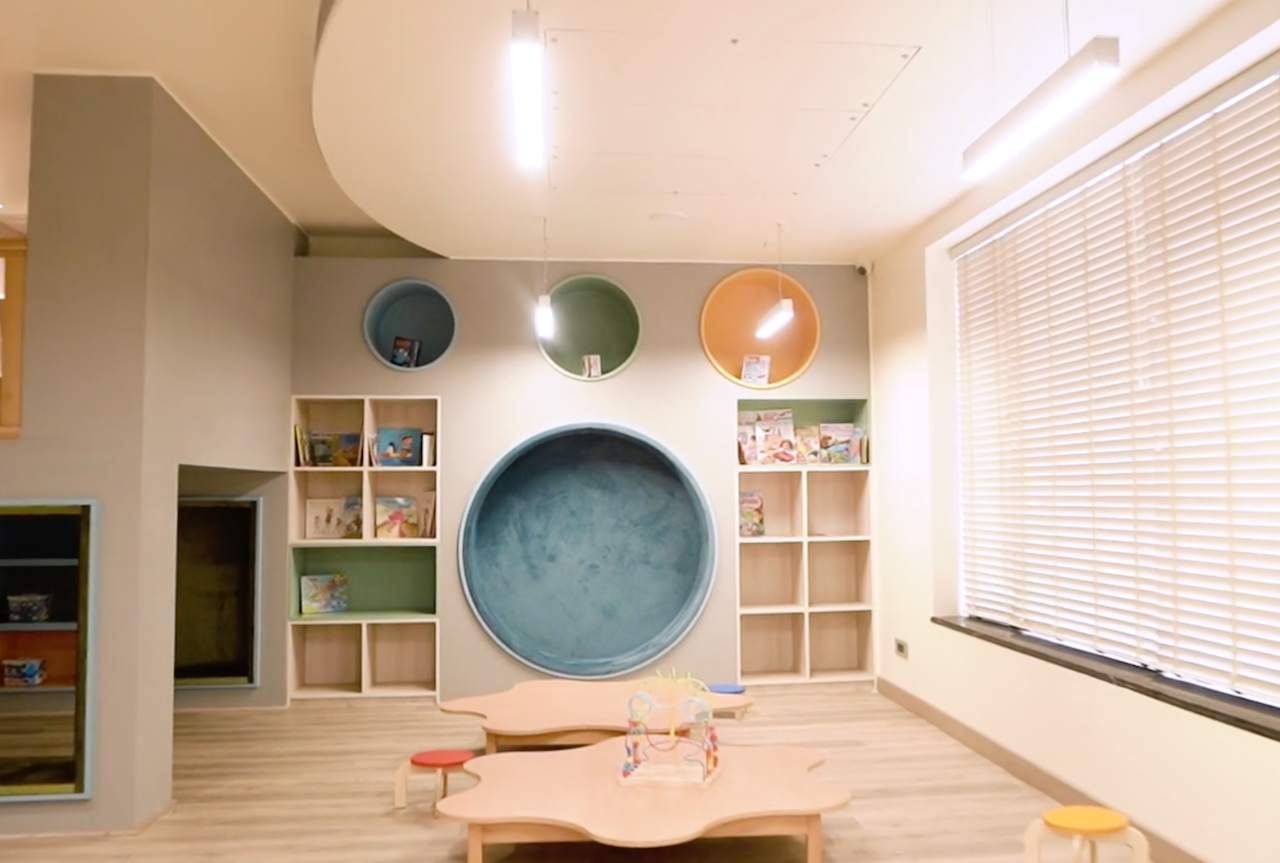Private schools in India have mushroomed over time, there are too many of them in some cities. We are seeing a scenario where parents have a choice and are now bargaining for better deals in newly launched private schools across most towns and cities. A school in Gurgaon recently shut down – it was barely 3 years old – but could not sustain the expenses and operations costs. In such a situation, how do new schools survive and how do those who want to continue investing in education make sure it is more than just sustainable? The answer lies in one word – innovation.
Most private schools invest heavily in creating impressive infrastructure but at the end, they are quite similar to each other. Innovation in some key areas lead to differentiators making them great schools of the 21st century. Here are some ways in which this can be done:
1. The Concept
Until this point of time, learning was closely associated with rote, not with problem solving. Our current teaching methodologies are to prepare rule-based followers, not innovators or trailblazers. Innovative schools that test new pedagogies to create problems solvers of the future are required. It is by collectively working on real-life solutions to common problems, that students develop higher order thinking skills; they also learn to collaborate and develop creativity. Schools that offer 21st century practices such as project based learning, experiential learning and design thinking will be the sought-after schools of tomorrow. The delivery of the curriculum must be through these practices.
2. Architecture & Design
The role of architecture and design in our daily lives is often understated. Current schools are functional blocks of cement where students can assemble at fixed times to be recipients of a one-way flow of information from teachers. Paying a premium for an innovative design may not seem worthwhile for an investor, but if one is looking for a true 21st century school then they must look to experienced architects. Worldwide innovation in building design is also visible in schools, there are several internationally recognized architects who also understand 21st century educational practices. The extra investments can go a long way in creating an institution instead of a building with rooms.
3. International Partnerships
Across the world, there is a lot of future defining work occurring. The innovators are keen to test their learnings in new environments and to validate them. We are living in a connected world, there is no reason why one should not look outward for new methods or learnings. In this age of collaboration if one can exhibit the vision to look in to the future, there are several experts willing to collaborate to create that future. Besides creation, collaborations are also very useful for operational schools, providing a great exposure to students and teachers. We strongly advise our clients to look worldwide for school design, pedagogy, curriculum, partnerships etc. and the results have been very fruitful.
4. Teacher Development
One can hire good teachers but if we are to modernise schools, their skills also need to be updated. From the traditional one-way discourse, as we shift to project based or experiential learning, the ideation and problem-solving needs to move to the students. The teachers must become enablers and co-learners. In the new project-based learning approach, it is found students who have identified the problem are much more motivated and engaged in solving them. They explore multiple disciplines solving them. Besides guiding them, teachers must also engage with the students in helping them analyse and assess. They must discuss their assignments, help them assess their goals, milestones and outcomes. Assessment models also need to change, teachers must enable students to assess their abilities themselves, in their groups and as co-teachers. This multi-pronged assessment leads to better understanding of their ability and their learning requirements. Institutions must invest in a regular program for teacher training, whether internally or through external experts.
5. Branding and Marketing
A successful school will be one that creates good citizens, ones who will contribute to a better world. A successful school is also one that will attract a wide range of talent from bright students to skilled teachers, and other international collaborators. Other institutions will want to be associated with it, to exchange ideas and learning. The traditional approach to marketing must change. That its endeavors and outcomes reach relevant forums at appropriate times with an effective marketing strategy, that it contributes to the public discourse shaping education for the future. A 21st century citizen receives information in a multitude of forms 24 x 7. To make a mark, the school must break through the clutter, ensuring that its brand imagery fits its vision. A school must invest in marketing itself, seeking out experts to do it effectively.
In this age of innovation, communication and creativity, it is only by investing in each of the above strategies that one can create a successful school.
At Newton Schools, we have been pushing the boundaries in each of these areas for school projects we undertake. In line with our advice, we also actively seek out collaborations that can provide better solutions to our clients, leading to better outcomes.



